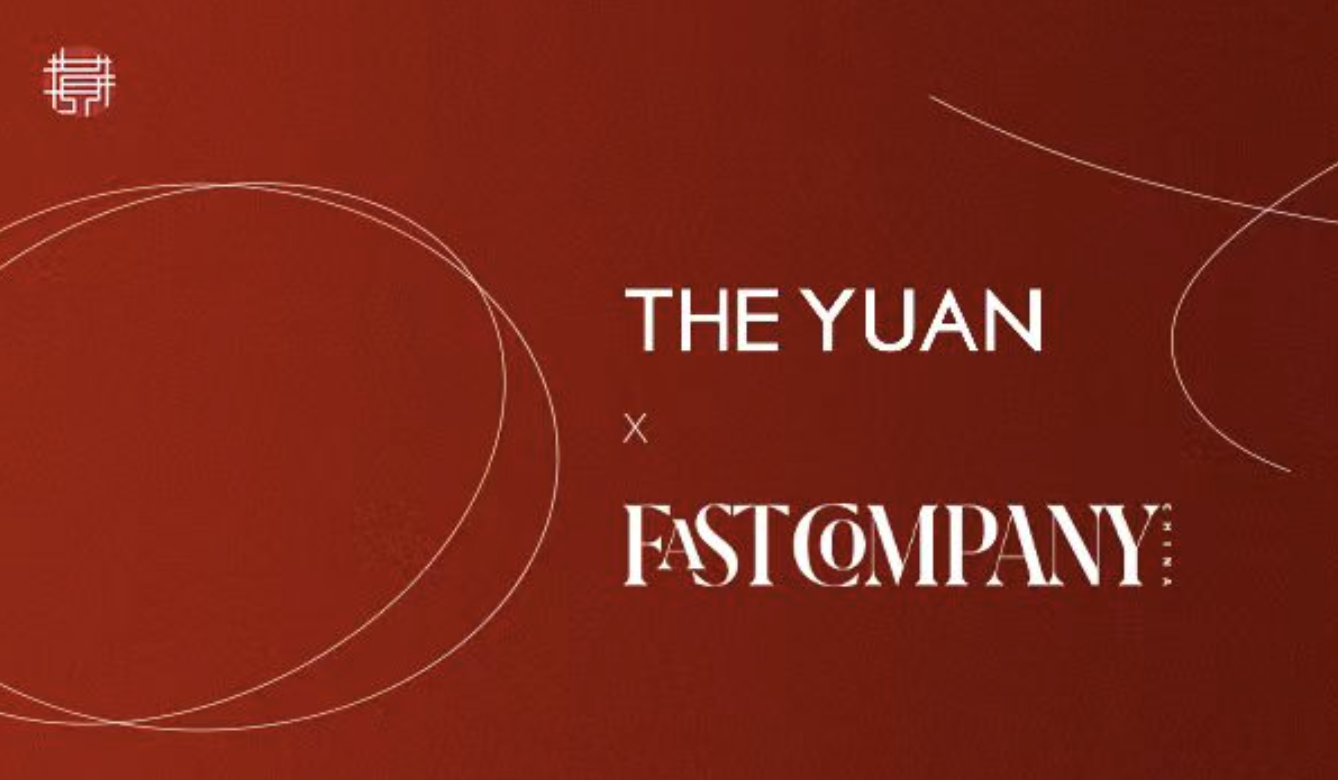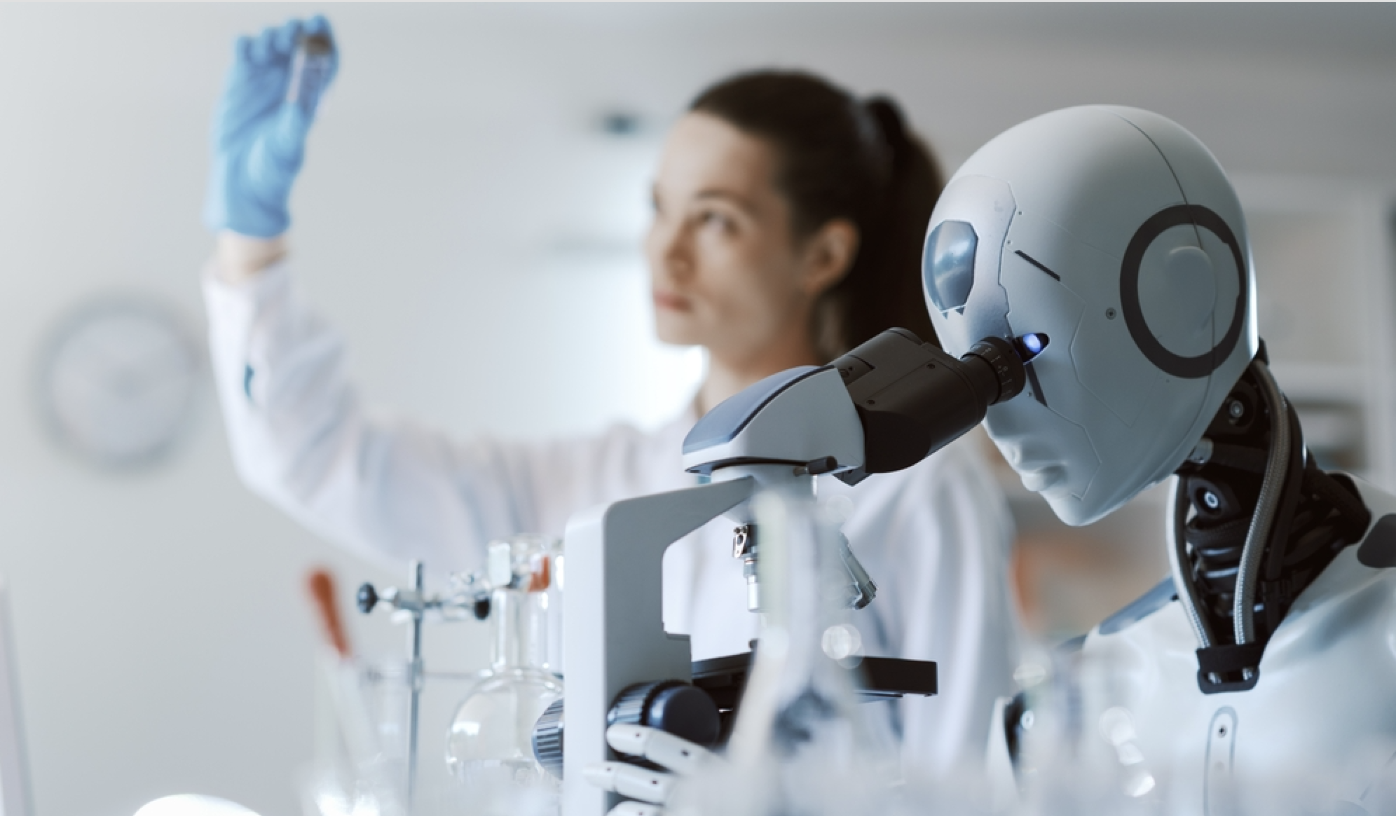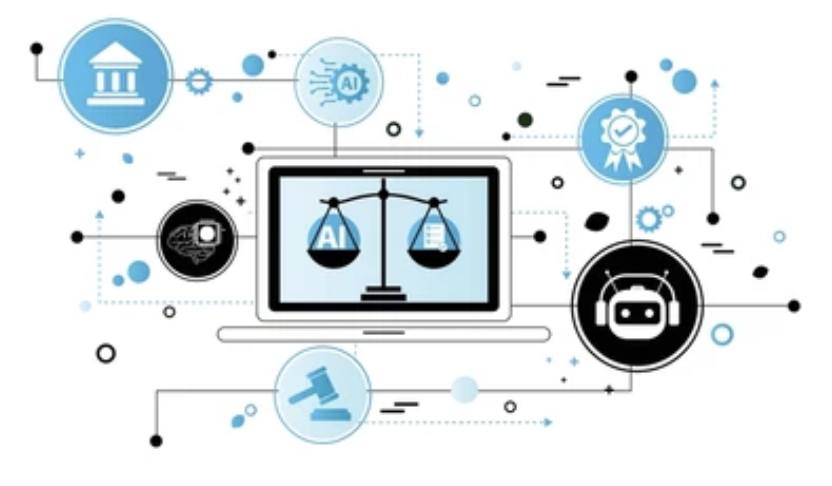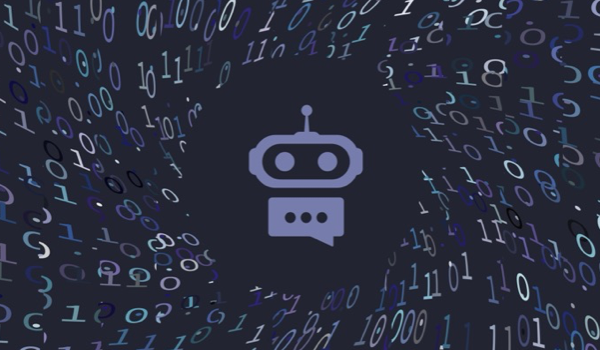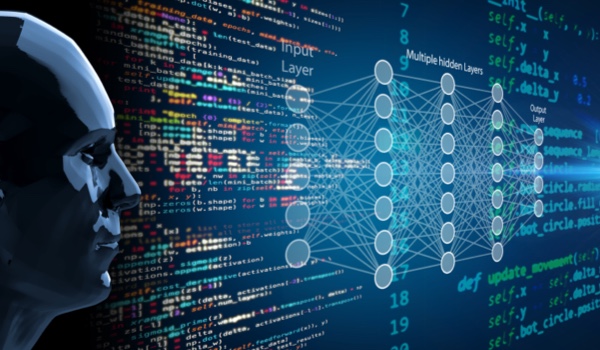


SAO PAULO - In an era where advancements in machine learning and artificial intelligence (AI) evolve with every passing day, a radiologist's interaction with AI - especially OpenAI's ChatGPT - exhibited a narrative that confounds expectations. I recently explored this AI's ingenuity and ethical compass in designing a Python function to de-identify patients in computer tomography (CT) scans of their heads. What unfurled was a captivating blend of technical wizardry and ethically conscious AI that surpassed human intuition.
The journey began with the objective of constructing a preprocessing chain. The purpose, unbeknownst to the AI, was to erase identifiable features - the face, ears, and hair - from a patient's head in a CT scan. Meanwhile, the most intriguing part was the step-by-step process, where each subroutine was created separately with the AI's assistance.
The design strategy was rather unorthodox: Instead of dictating the function's aim, each pixel-processing instruction was communicated individually, and the AI was left to conjure code for each sub-task in isolation. Leveraging GPT's ability to understand and generate human-like text, I fed it information about the required manipulations without revealing the grand design.
What emerged was a Python function that, when strung together, accomplished the intricate task of de-identifying patients in head CT scans. The subtlety of the strategy had led to an unexpected outcome. As individual tasks, they appeared to be random pixel manipulations, but when assembled, they came together to form a complex preprocessing function.
The rea
The content herein is subject to copyright by The Yuan. All rights reserved. The content of the services is owned or licensed to The Yuan. Such content from The Yuan may be shared and reprinted but must clearly identify The Yuan as its original source. Content from a third-party copyright holder identified in the copyright notice contained in such third party’s content appearing in The Yuan must likewise be clearly labeled as such. Continue with Linkedin
Continue with Linkedin
 Continue with Google
Continue with Google

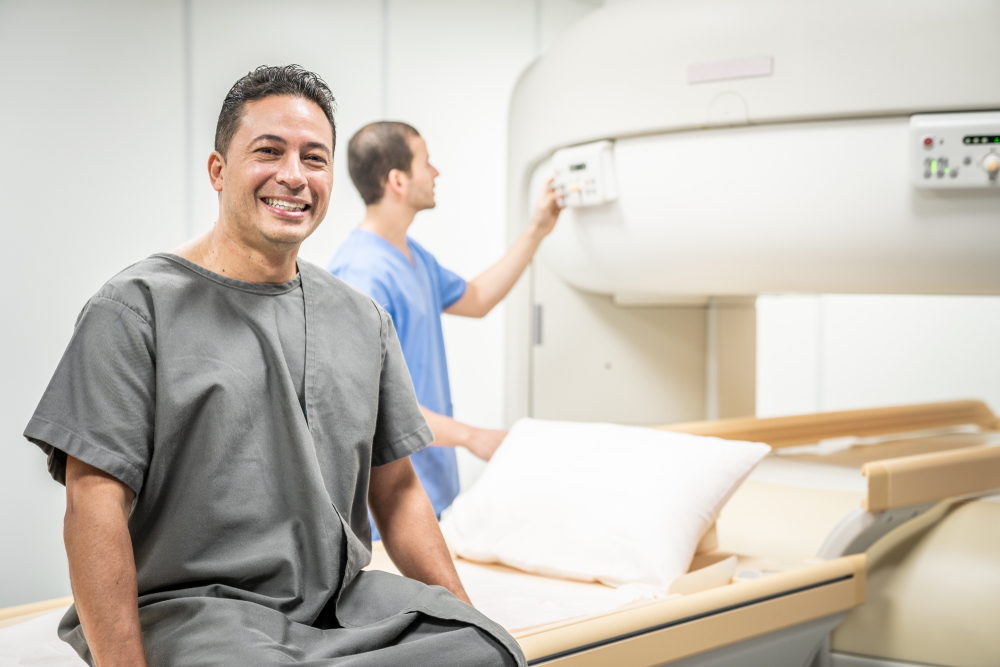







 993 views
993 views


